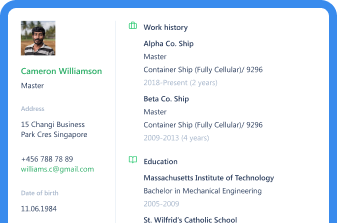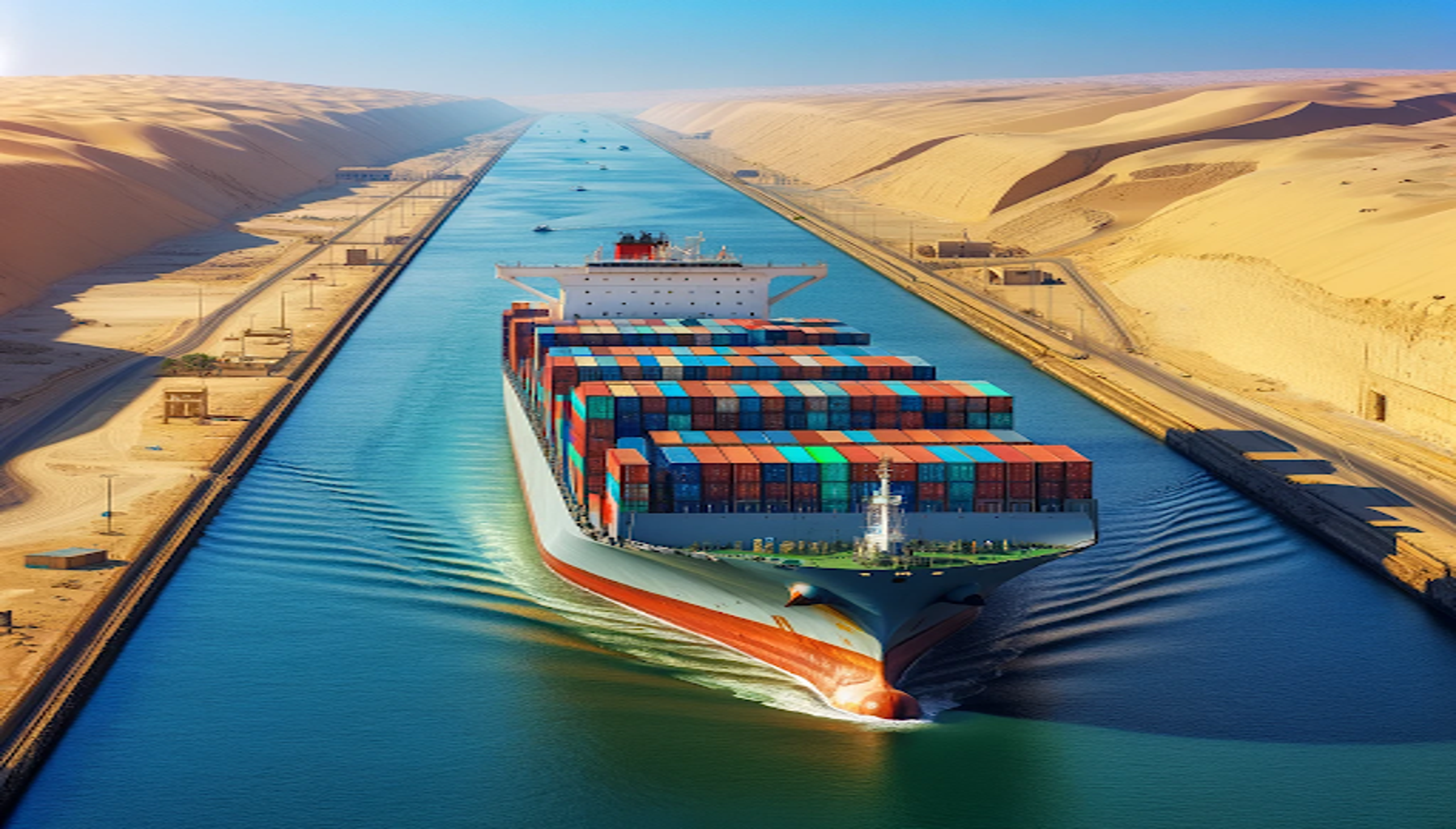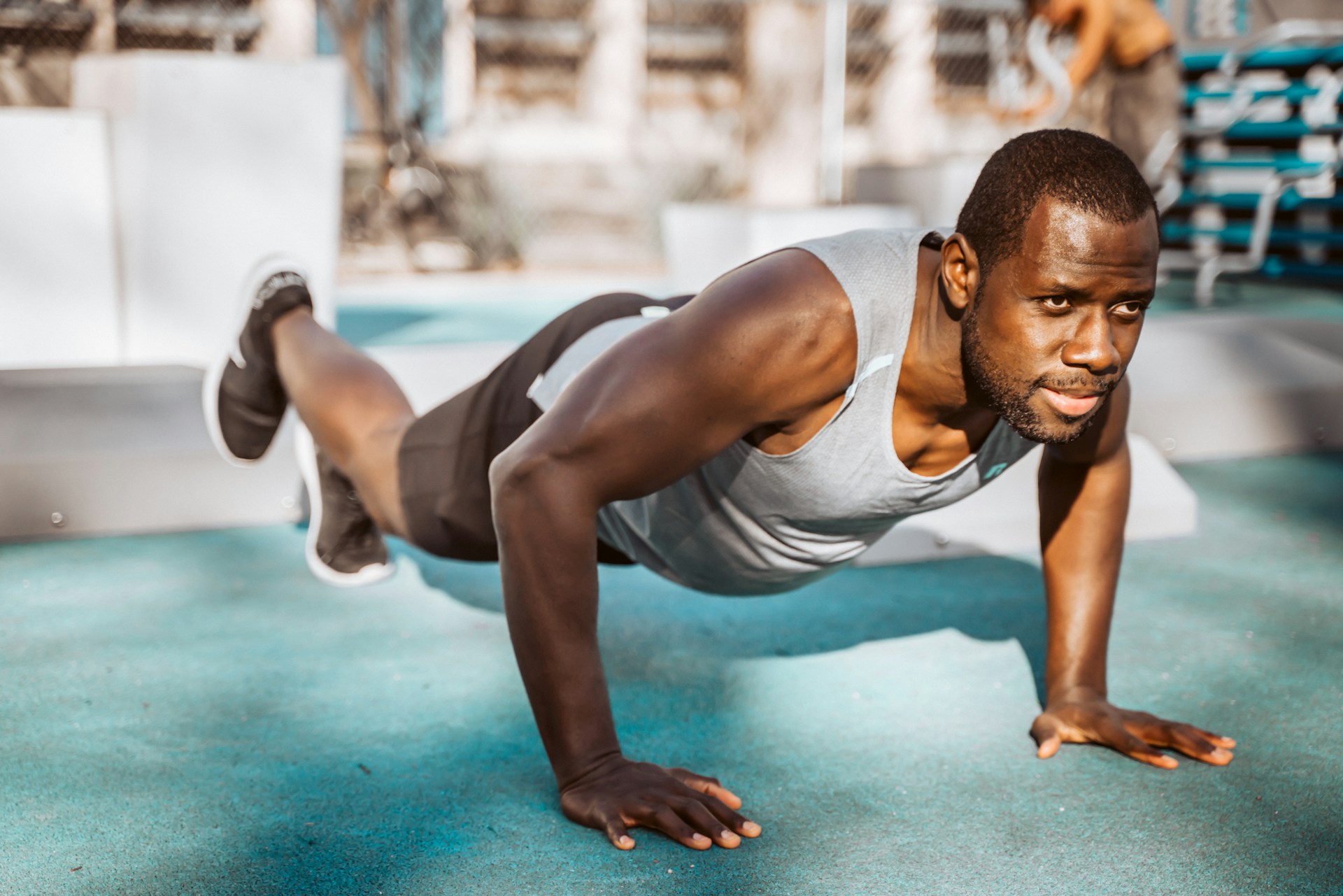If you’ve ever wondered what any of the mysterious maritime terms and phrases are that you sometimes hear mentioned in the news, this blog post is for you.
Along with the other posts in this series, we’re taking a look at some nautical words and phrases as we go through the alphabet. And this time it’s the turn of the letter C.
You can check out nautical terms beginning with A here and terms beginning with the letters E and F here. Let’s get started!
From CEU to cruise ships: Maritime terms and phrases beginning with C
CEU
CEU stands for Car Equivalent Unit. A CEU is used to measure the capacity of vehicle or car carriers. A CEU is generally based on the dimensions of a 1966 Toyota Corona RT43: 4125 mm x 1,550 mm x 1,400 mm.
Cable
A distance of nautical measurement. A Cable is equal to 0.1 sea mile, 185 meters and 200 yards.
Cable Ship
A Cable Ship is a vessel that has been specifically designed for laying and repairing underwater telephone and telegraph cables.
Cabotage
Cabotage is the act of transporting passengers or cargo, for remuneration, from point A to point B within the territory of the same country.
Read more: Nautical Terms That Begin with the Letters G, H & I
Capacity
The Capacity is the available space for cargo, or the ability to handle said cargo.

Capesize
Capesize describes a vessel that is too large to transit canals - such as the Suez or Panama - and must instead plot their course around the capes, i.e. Cape Horn and the Cape of Good Hope. Capesize vessels are normally wet or dry bulkers.
Captain's Log
The Captain's Log (sometimes also referred to as the Deck Log) is a complete nautical record of a ship's voyage and is written up at the end of each watch by the deck officer on watch.
Information entered includes distance run, courses steered, compass variations, ship’s position, sea and weather conditions, principal headlands passed and names of lookouts. Any out of the ordinary occurrences are also logged, such as a collision, distress call received or a fire.
Read more: Nautical Terms That Begin with the Letters J, K & L
Captive Cargo Port
If the majority of a port’s inbound cargo is being shipped only short distances and most of its export products come from locations nearby, the port is a Captive Cargo Port. It is more-or-less the opposite of a transit or through port.
Car Carrier Ship
A Car Carrier or Car Carrier Ship is a vessel that has been designed for the transportation of either just cars, or a combination of cars, trucks, buses and other wheeled vehicles. Car carriers are a type of RoRo Ship - which means Roll-On, Roll-Off, as this is how their cargo is loaded and unloaded.
The ships that carry only cars are known as Pure Car Carriers (PCC), whilst the vessels that carry various types of four-wheeled cargo are known as Pure Car Truck Carriers (PCTC).

Cargo
Cargo is the freight - i.e. the products and goods - that are carried by a vessel.
Read more: Nautical Terms That Begin with the Letter M
Cargo Battens
Cargo Battens, also called just Battens, are inserted into the hold of a cargo ship to keep cargo away from the vessel's sides in order to allow ventilation.
Cargo Handling
The act of loading and unloading a cargo ship's goods is called Cargo Handling.
Cargo Plan
A Cargo Plan details the description and quantities of the various products carried by a vessel when cargo loading is complete.
Cargo Preference
When a percentage of a nation's imports and exports are reserved for vessels carrying that country’s national flag.
Read more: Nautical Terms That Begin with the Letters N & O
Cargo Ship
Generally speaking, a Cargo Ship can be classified into eight different types, depending on the freight they carry. These are:
- Cargo ships: Carry goods such as clothing, machinery, food, furniture and other freight that can be packaged.
- Multi-purpose vessels: Carry a variety of different types of freight of both a dry and liquid nature.
- Bulk carriers: Carry loose goods that are not packaged such as coal, cement, sand, etc.
- Tankers: Carry oil, chemicals, petroleum, and gas.
- Container ships: Also carry packaged goods, like a Cargo Ship, but freight is stored in containers.
- Reefer ships: Are refrigerated so they carry perishable goods such as meat and dairy produce.
- RoRo ships: Carry wheeled cargo - cars, trucks etc.
- Feeder ships: Small to mid-sized container ships which ‘feed’ larger vessels with containers.

Carrier
A Carrier is a company, organization, persons or individual that is in the business of transporting goods or passengers.
Catamaran
A Catamaran is a type of yacht or boat with twin hulls. It can also refer to a floating raft or platform that is used in shipyards to work from and occasionally as a fender between a vessel and the wharf.
Read more: Nautical Terms That Begin with the Letter P
Certificate of Registry
The Certificate of Registry is a document that specifies the national registry of the vessel.
Chandler
A Chandler is a retailer who sells provisions, dried goods, equipment and other marine supplies for ships. A Chandler’s store is called a Chandlery.
Charter
A Charter is the act of renting or leasing out a vessel by its owner.
Charterer
The Charterer is the person or group who has chartered (hired) a vessel from its owner.
Chemical Tanker
A Chemical Tanker is a vessel that has been designed for the safe and efficient transportation of chemicals. The chemicals that tankers transport are varied and range from sulfuric acid (used in everything from drugs to explosives) to caustic soda (used in soap and candle making.)
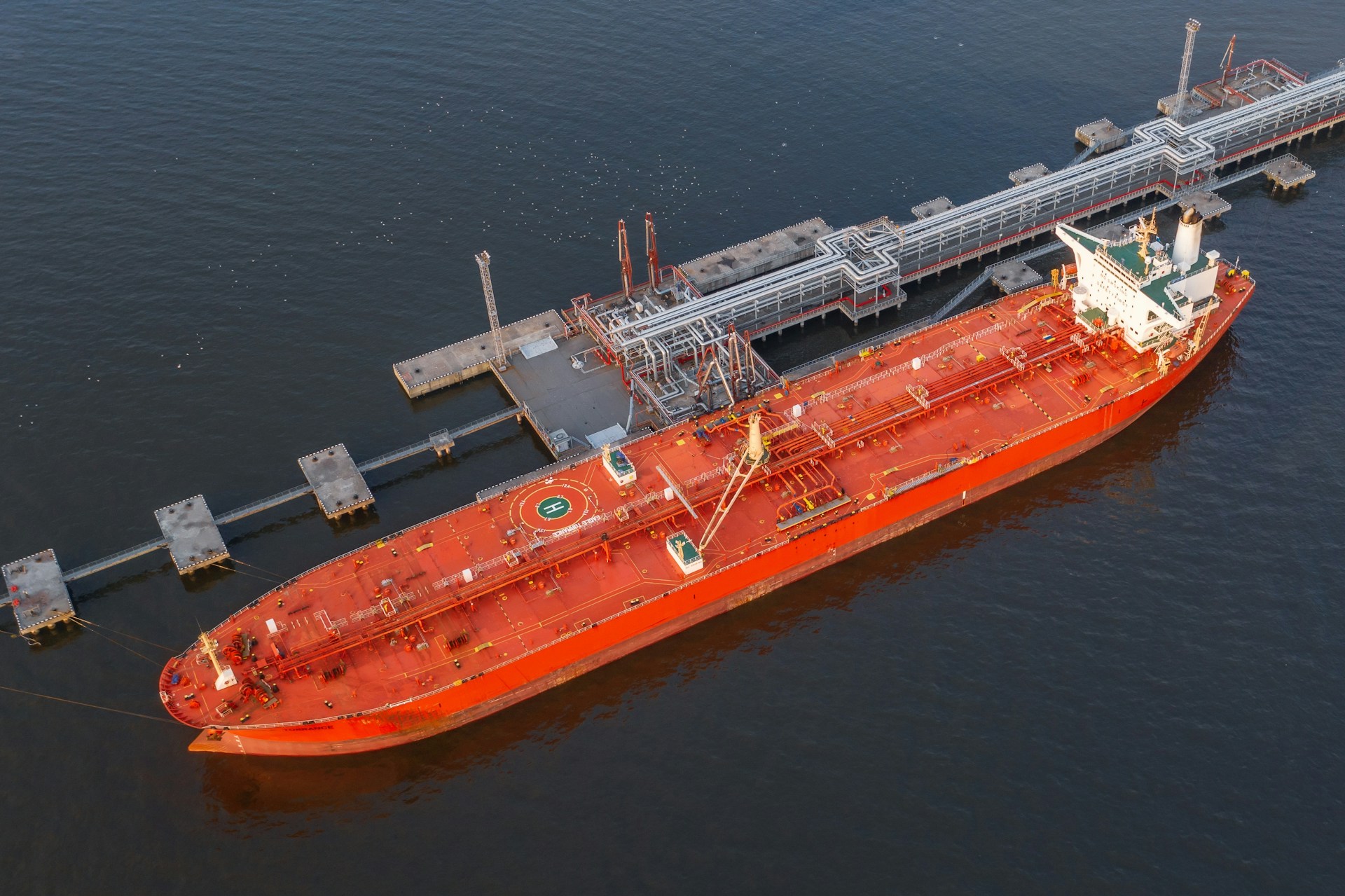
Read more: Nautical Terms That Begin with the Letters Q & R
Chief Engineer
The Chief Engineer or CE is the senior-most engineer officer onboard a ship. He or she reports directly to the Master (Captain) of the vessel. Chief Engineers are responsible for the safe and efficient operation and maintenance of the main and auxiliary machinery and boiler plant on board.
Chief Mate
Also known as the Chief Officer, the Chief Mate is the highest ranking officer in the Deck Department and is its head. The Chief Mate has ultimate responsibility for the way the vessel is run and reports to the Master (Captain).
They will take over command of the vessel should something render the Master unable to work.
Read more: Nautical Terms That Begin with the Letter S
Chief Officer
Also known as the Chief Mate, the Chief Officer is the highest ranking officer in the Deck Department and is its head. The CO has ultimate responsibility for the way the vessel is run and reports to the Master (Captain).
They will take over command of the vessel should something render the Master unable to work.
Chief Steward
A Chief Steward, or Chief Stewardess, typically works on a cruise ship, a yacht or a superyacht. They are a department head and are responsible for ensuring that the guests onboard receive first rate food and service, and that all of their needs are catered to satisfactorily.
A Chief Steward or Stewardess is expected to perform five star (and above) service at all times.
Chock
A Chock is a piece of wood or other material that is placed next to cargo to stop it from shifting.
Classification Society
A Classification Society is a private organization that supervises the construction of vessels, provides advice and undertakes safety inspections. Once a ship has been through the process it is referred to as being ‘in class’.
Although this is not compulsory, a vessel that is not ‘classed’ may find it difficult to get insurance.
Clerk
A port-based job in the maritime industry, a Clerk checks the actual number of the goods (number of containers, drums, bundles, sacks etc.) unloaded from vessels versus the amount listed on the ship’s manifest. Any shortages, overages or damage will be duly noted in case a claim will need to be made.
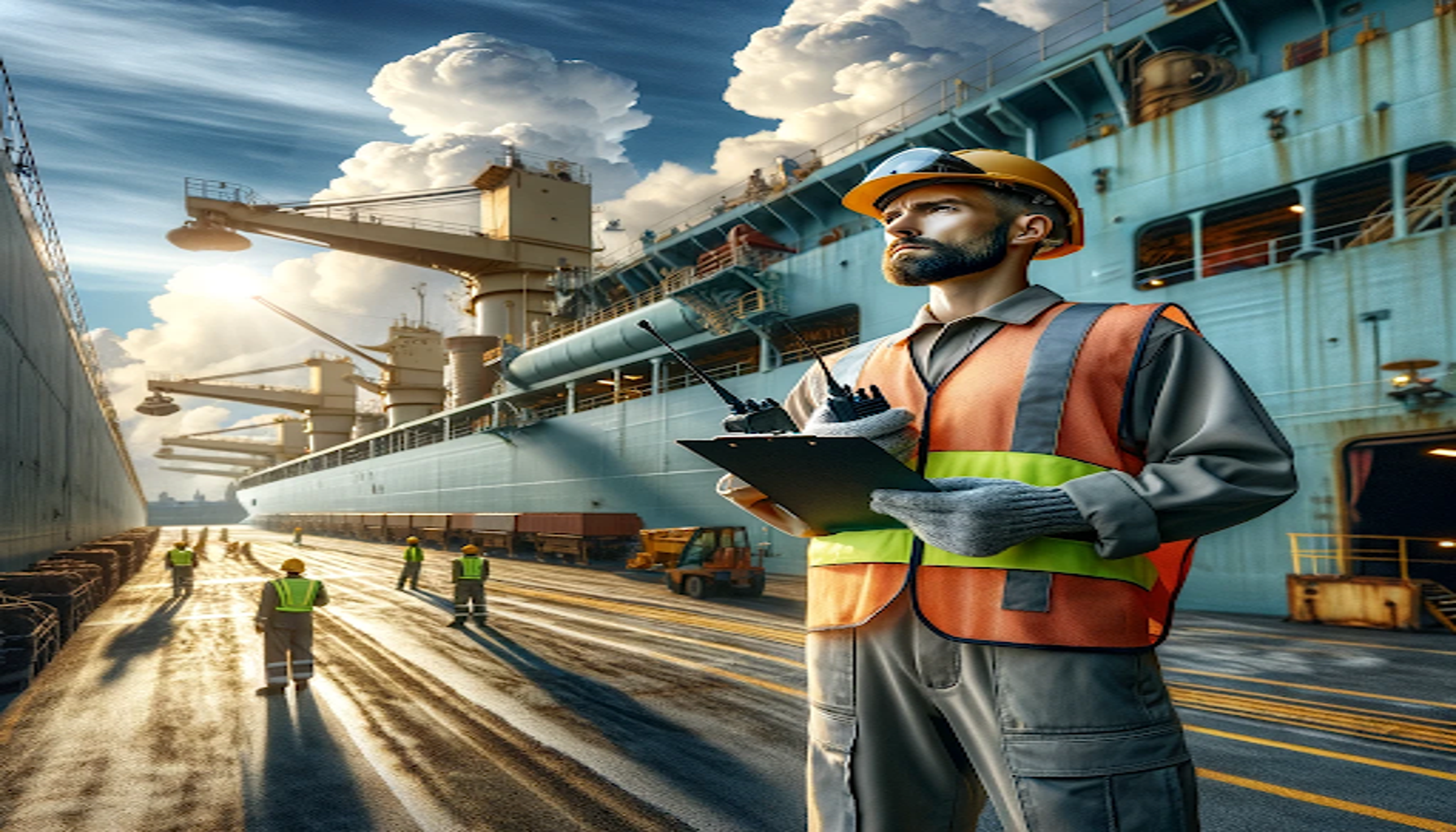
Coastal Service
Sometimes also referred to as Coastwise or Intracoastal, Coastal Service is the term used for a domestic shipping route that runs along a single coastline.
Read more: Nautical Terms That Begin with the Letter T
Collier
A Collier is a type of bulk cargo ship that has been designed or is now used to carry coal.
Collision Avoidance System
A Collision Avoidance System is an electronic system that is used to stop collisions from happening in inland waterways.
Complement
Otherwise known as the ship’s company, the Complement is the number of people onboard a ship, excluding passengers - i.e., the officers and crew.
Conference
A Conference is a group of shipowners who operate the same route or routes and who have mutually agreed to charge equal rates and other fees and terms of carriage.
An Open Conference is one that any shipowner can join providing they meet specific financial and technical requirements. A Closed Conference will only accept new members if all existing shipowners agree.
Read more: Nautical Terms that Begin with the Letters U, V and W
Consignee
The Consignee is the person or organization to whom cargo is consigned as stated on the bill of lading. i.e. the entity who is receiving the goods. They are financially responsible for the receipt of a shipment and will normally (but not always) be the receiver.
Consignment
A Consignment is a shipment of goods sent by a consignor to a consignee.

Consignor
The Consignor is the person named in the bill of lading as the entity from whom the goods have been received for shipment i.e. the sender or the seller.
Consolidator
A Consolidator is a person or company that combines cargo from a number of shippers (consignors) into a container. These goods will eventually be delivered to a number of different buyers (consignees.)
Container
A Container is an aluminum, fiberglass or steel box that freight is loaded into so it can be transported by ship. Shipping Containers most commonly come in two sizes: TEU (Twenty-foot Equivalent Unit) which measures 20' x 8’ x 8' and FEU (Forty-foot Equivalent Unit) which measures 40' x 8' x 8'
Containers are normally referred to simply as ‘boxes’ in the industry. They can also come in different versions including Tank Containers for liquid, Collapsible Containers, and Open-Topped Containers covered by a tarpaulin for freight that is too long/bulky to fit neatly inside a regular Container.
Container Crane
A Container Crane is normally a rail-mounted gantry crane located at a port. It is used to load and unload shipping containers onto and off vessels.
Container Ship
A Container Ship is a vessel that is designed to transport cargo in containers. Container Ships can be broken down into different types, including vessels that carry floating containers (lighters) and RoRo Ships which carry wheeled cargo such as cars, but also containers that are loaded onto trucks.
The hull of a Container Ship is split into cells and the containers themselves will be loaded into these through large hatches. Some Container Ships have their own cranes onboard while some are dependent on cranes located at the port or terminal - these are called fully cellular Container Ships.

Container Terminal
A Container Terminal is a facility where container ships load and unload their containers.
Containerization
Containerization is the process of using shipping containers to transport cargo from one destination to another.
Contraband
Contraband is goods that are prohibited in trade. Smuggled goods.
Course
The direction in which a vessel is heading. The Course is usually given in degrees, true, magnetic or compass.
Crane Vessel
A Crane Vessel - also known as a Floating Crane, Crane Ship or sometimes a Heavy Lift Vessel - is an ocean-going vessel which has one or more cranes mounted on it. These gigantic ships are incredibly powerful and can handle extremely heavy loads.
A Crane Vessel’s main purpose is to assist in the construction of offshore structures, as well as conduct salvage operations.
Crew
The personnel who are employed to work on board a ship, but excluding the Master and Officers. So, the Crew, for example, includes Deckhands, Messmen and Able Seamen.
Crew Change
Crew Change is the name given to the date when one set of seafarers replaces another onboard a vessel while it is in port, mid voyage. Not all seafarers will change over, it may just be one or two disembarking and embarking.
Crew Change is essential for swapping seafarers out so that those who have served their contract can get some rest before looking for another job or returning to that vessel.
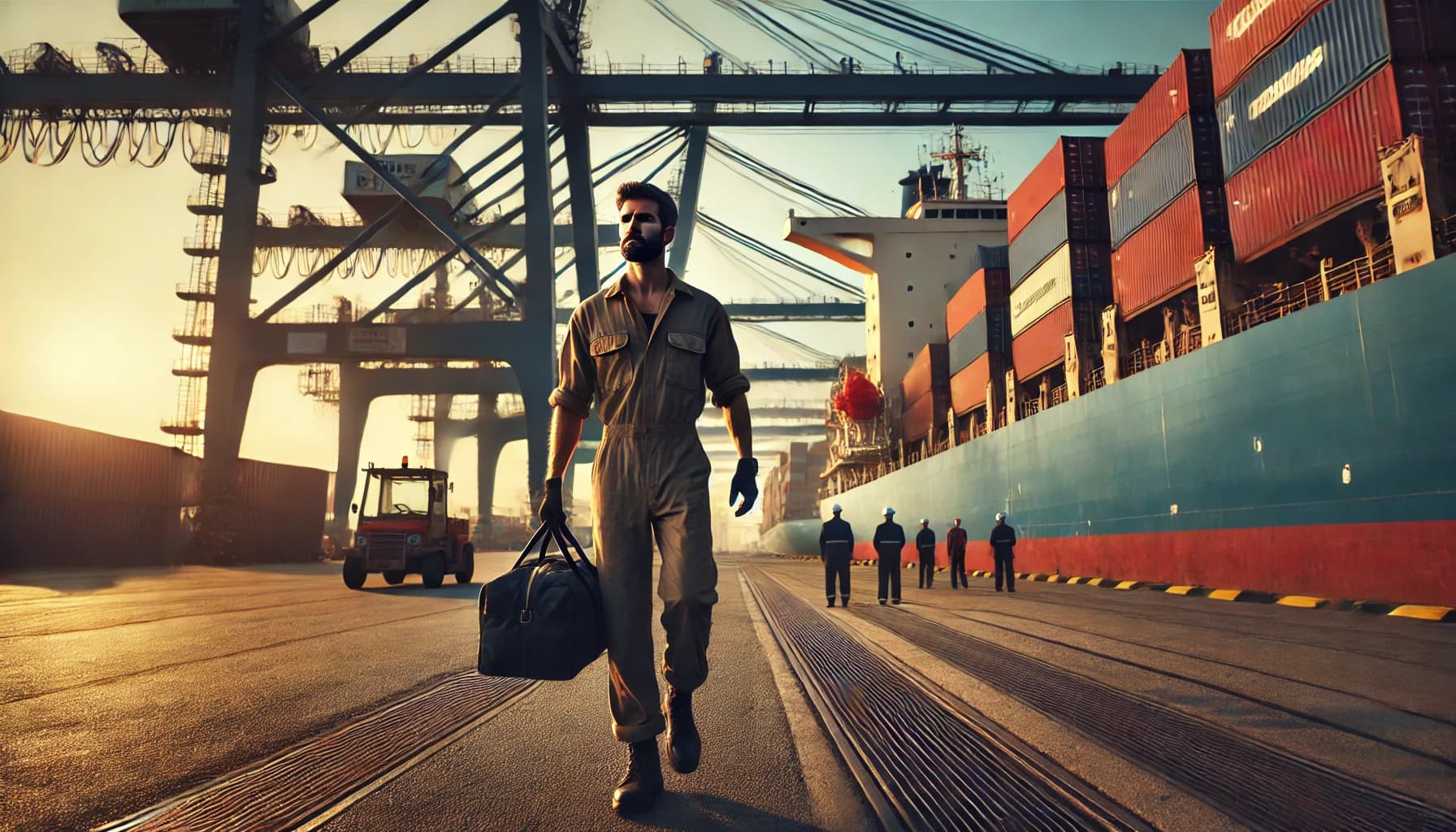
Read more: Nautical Terms That Begin with the Letters X, Y and Z
Crew List
The Crew List is a document that is shown to customs and immigration authorities in each port docked at that shows the full name, age, nationality, rank, and passport or discharge book number of every crew member and officer onboard a vessel.
Crew Planning
Crew Planning is the act of an employer / shipowner / crew manager or crew planner planning which seafarers are onboard their vessels so that they know they have a full complement of crew at all times. To do this, modern employers will use a Crewing System or Crewing Software Solution.
Crewing Agency
A Crewing Agency or Manning Agency, is a company who works with their client, the shipowner, to find seafarers to work onboard their vessels.
The Crewing Agent checks that the seafarer has the right certifications and documentation for the position, as well as the correct travel documents. The agent also arranges visas and medical checks for the shipowner.
Crewing Software
Crewing Software is a technology solution that helps employers / shipowners / crew managers and manning agents plan which seafarers are onboard their vessels so that they know they have a full complement of crew at all times.
Crewing System
A Crewing System is a software solution that helps employers / shipowners / crew managers and manning agents plan which seafarers are onboard their vessels so that they know they have a full complement of crew at all times.
Cruise Ship
A Cruise Ship is a vessel that carries passengers on voyages for pleasure. The destinations called at on the voyage are part of the attraction but the voyage itself and the vessel’s facilities and activities are also a big part of the experience.
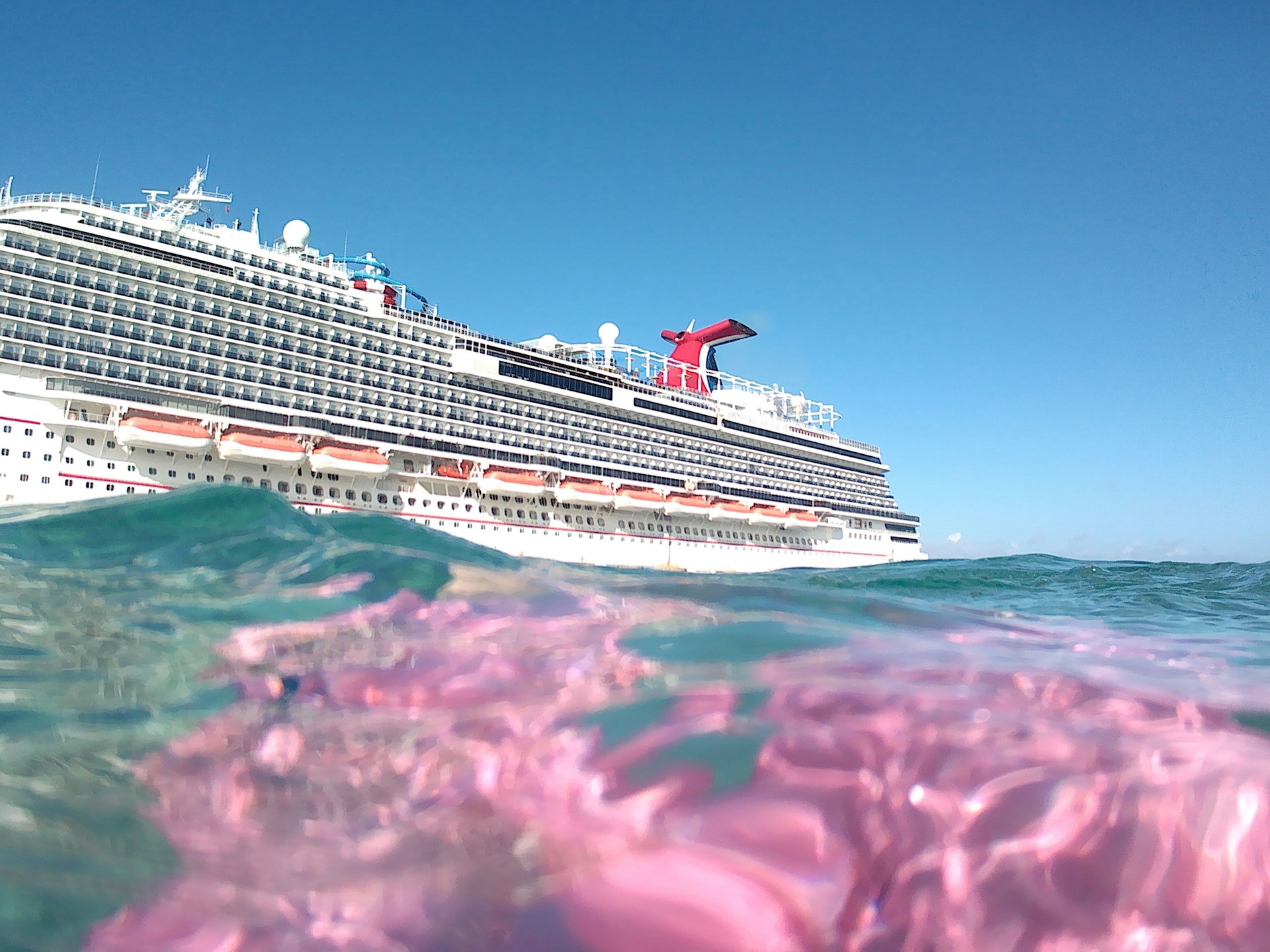
Custom
Custom is a duty or tax on imported goods.
For a full list of all maritime and nautical terms, check out our Shipping Glossary!
Read the previous post in this series: Nautical Terms Beginning with the Letter B
Read the next post in this series: Nautical Terms Beginning with the Letter D

Eve Church
Eve is Martide's content writer, publishing regular posts on everything from our maritime recruitment and crew planning software to life at sea. Eve has been writing professionally for more than two decades, crafting everything from SEO-focused blog posts and website landing pages to magazine articles and corporate whitepapers.
UK
